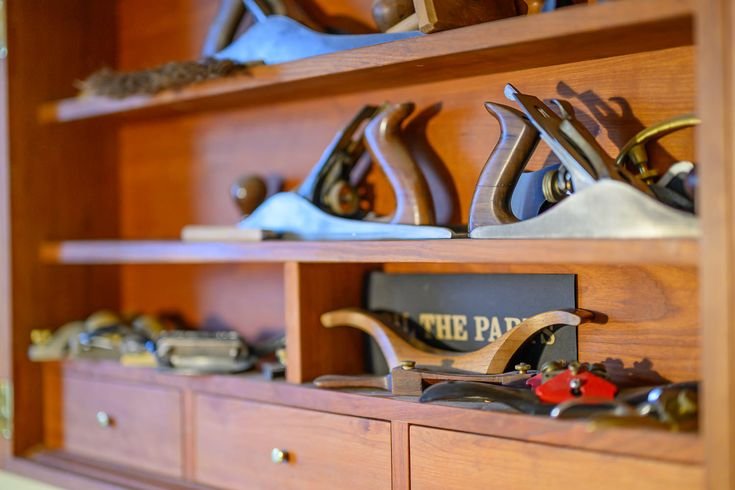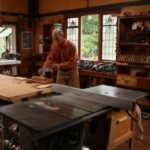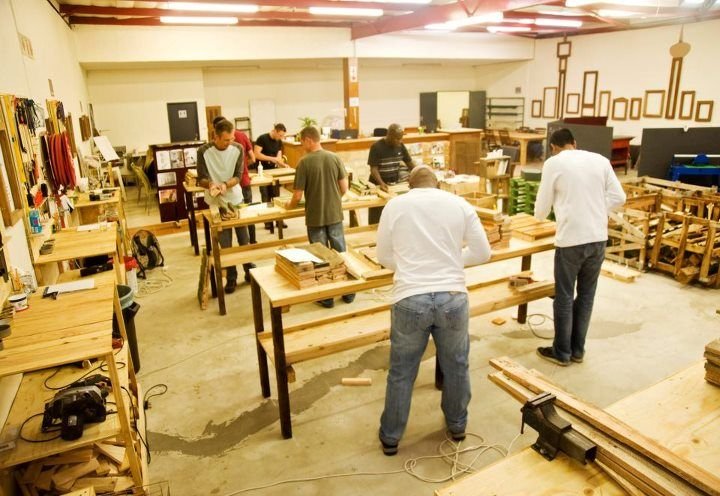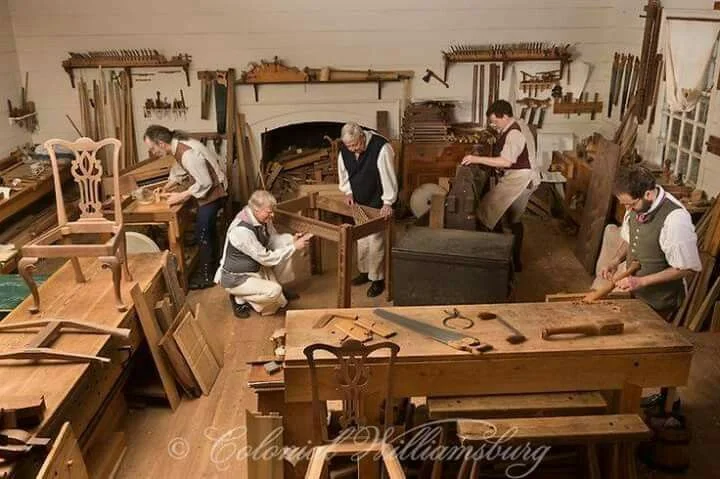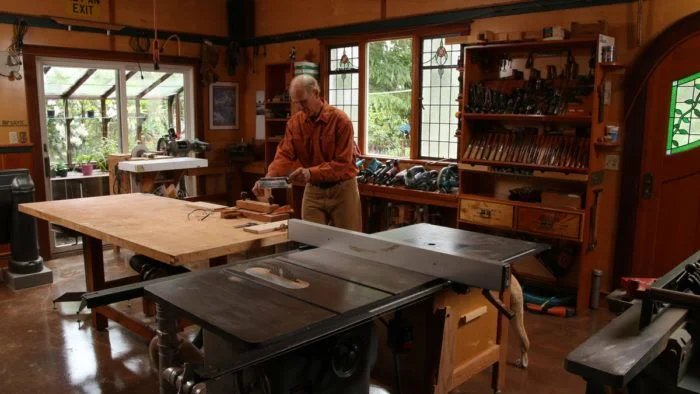The Humble Sanding Block
You know, there’s something about the smell of fresh-cut wood that just makes the whole world feel right. A little bit nutty, a little bit sweet. I can still remember the first time I used a sanding block. I was so excited, I almost flipped that small piece of mahogany over and drilled into it before I even finished sanding. Talk about getting ahead of myself!
It was a Saturday morning, and I’d just picked up some decent-looking mahogany boards from the local hardware store—don’t ask me what brand. Honestly, I barely even knew the difference between a miter saw and a table saw back then, let alone the importance of choosing the right wood. But hey, it was a cool color, and I thought to myself, "What could go wrong?"
So there I was, standing in my garage, sandpaper in one hand, a sanding block in the other, feeling like, well, more of an amateur than a craftsman. I had picked this block up after watching a YouTube video, where the guy made it look like floating clouds, gliding along with grace. I thought, "Yeah, how hard could it be?"
Well, let me tell you. If only I had realized the learning curve hidden under that soft, inviting surface!
The Unexpected Mess
My first project was a simple bookshelf, or at least what I thought looked simple. I had this vision of a rustic piece with clean lines and smooth surfaces. Ha! I started off strong, but as soon as I laid that sandpaper down against the wood, the reality hit me like a freight truck. I went with 120-grit first. You know, the fine stuff. My hand was shaking as I rubbed that block along the grain, but instead of that silky finish I was going for, I got what looked like a sad, sunburned toddler—not exactly the vision I had in mind.
Looking back, I can’t believe I almost gave up right then. Frustration piled on frustration, and I remember standing there, hands on hips, staring at that poor piece of mahogany as if I could somehow will it into submission. I almost tossed the whole thing in the corner—who needs another failed project adding to their collection, right?
But after a deep breath and a sip of cold coffee (don’t worry, I don’t waste my coffee), I decided to just take a step back. What the heck, right? I’d already gotten this far. I picked up the sanding block again, but this time I went with some coarser 80-grit sandpaper. I went at that wood like it owed me money, and I found my rhythm. There’s something almost cathartic about it—the squeaking sound against the wood was strangely satisfying, like music to my ears.
Finding My Groove
I remember thinking “Maybe this isn’t so bad?” The smell of the wood really started to fill the garage, and the dust started dancing in the sunlight pouring through the window. Each stroke seemed to refine not just the wood, but my confidence too. It was weird—something so simple was starting to turn a mess into a moment of realization.
I hoped that as I worked, the wood would reflect my impatience, but really, it revealed my tenacity. After all that sanding, I finally got it into shape. I started sanding those edges and felt the smoothness of the grain under my fingers. That, my friend, is when I laughed the hardest. I had this moment where I finally felt proud.
I know it sounds silly, but it was like this little victory. I had thought about quitting, throwing in the towel over a dull piece of wood. Instead, here I was, about to make something pretty special. By the end of that day, I didn’t just have a bookshelf; I had a story to tell.
The Takeaway
If I could rewind time and drop a bit of knowledge into my past self’s lap, I’d say this: don’t let the fear of making a mistake stop you from trying. Sometimes the best lessons sit at the bottom of a sanding block filled with dust. Sure, there were moments when that block didn’t feel like it was doing what it was meant to, but in those moments, I learned to adjust, to adapt, and—most importantly—to be patient.
Today, I rock that same old sanding block, a little more rugged but still just as capable. It’s funny how something so simple can teach you about persistence, patience, and the smell of sawdust. It’s a dance between you and the wood. So, if you’re thinking about trying a project or even just messing around with a sanding block, just go for it. You never know what kind of beauty—or lesson—might be waiting for you in that rough piece of timber.

